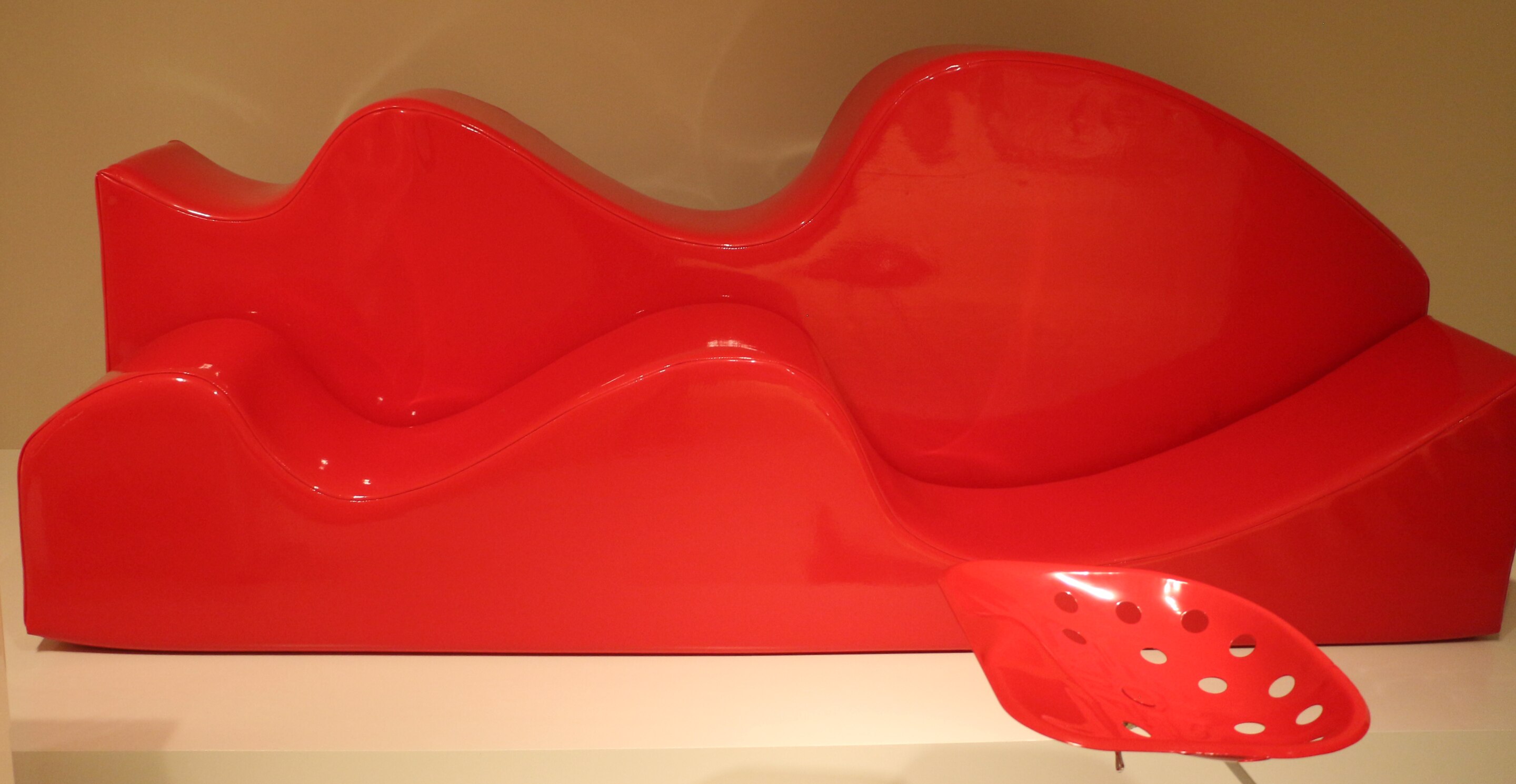Provoking through prototypes
Provocotype
Provcatype
Provokatype
Provotype
Pro-
Provoking prototype
Prototypes that provoke
A little bit ago I came across a thread on BlueSky (that twitter replacement thing) about them. But it wasn’t the first thing in the last few weeks where I’d seen or heard it. Ralph Hawkins mentioned them in their weeknotes and returning to a year old one for a new round of provoking and stirring up.
If you haven’t come across the name, you might still have used one or seen one.
A provotype is … a prototype used to provoke a reaction or upset in order to stimulate reflective thinking or new ideas based on that provocation. This sort of prototype is not about usability. It’s not about can someone achieve a task. It’s about provoking a reaction or changing things or turning things upside down.

If many prototypes start with a “what if” a provotype is just a version that dials up the difference and strangeness to 11.
The provocation can be about the materials, the way you think about a concept, how 2 things work together (or don’t).
Prototypes that provoke are common in the fashion industry. Designers will create runway one-offs that are exaggerated, impractical and try to upset normal ideas about things. They build hype. But also try to challenge norms and create or surface new aesthetics. Those ideas get translated into altered patterns. Toned-down silhouettes. And eventually into high street fashions. Going from provotyping to mainstream. From extreme forms and upsetting commonly held ideas or approaches into refined products.
For people doing product, interaction or service design a provotype might just be a vision where AI, data or users do a thing that feels impossible or unlikely. It might switch something from the user needing to prove to an organisation assuming something. It could be bringing in collaboration or other viewpoints in a crucial moment that feels unthinkable right now. Whatever it is, from smaller interface details to services and platforms. It creates a radical “what if” moment.
But before you run off and put on your most garish outfit to try one. I also think it’s important to understand whether you want or need to provoke.
Upsetting or upending or rethinking is not always going to get the results you want. You could probably think of a fair few people you’ve worked with who struggled to work with ambiguity or not being in control. There are some people who provoke and others you bring along.
Some you can’t provoke yet but need to win some trust before you do.
There are people who are welcome to upending everything. And those that do not. I’ve dealt with this situation recently. Having 1 team who love it. And another who cannot stomach anything like that. My current strategy is to get the team who cannot stomach it to create the provocation with me.
I’ve also found that it’s a useful technique to be less ambitious with a conservative team but use that as a provocation for THEM to say what would be more ambitions (ie. show a thing that’s today but a few jumps ahead, but use it to ask them … what would be more radical than this?)
There are also other reasons or situations you wouldn’t want to provoke too hard. Life is tough. Doing research on certain topics, it’s just not a sensible idea. You don’t want to trigger upsetting and dangerous reactions. It’s best to leave those subjects with a more trauma and person-considered approach.
When you show your stakeholder your next prototype with aims to provoke (rather than placate) you’re following in the footsteps of fashion designers. Maybe exaggerating access or ease of data collection. Maybe showing the inner workings to an extreme level of honesty. Or changing how something looks and feels in a way people would never think they could but wished would work like that.
Not everything needs to provoke of course. It’s just another tool in the toolkit.
Footnotes / further reading
Mogensen, P.H. (1994) Challenging Practice: an approach to Cooperative Analysis. DAIMI Report Series. 23, 465 (Jan. 1994). DOI:https://doi.org/10.7146/dpb.v23i465.6938.
Boer, Laurens & Donovan, Jared. (2012). Provotypes for participatory innovation. Proceedings of the Designing Interactive Systems Conference, DIS ‘12. 10.1145/2317956.2318014